Veronese: Magnificence in Renaissance Venice at the National Gallery
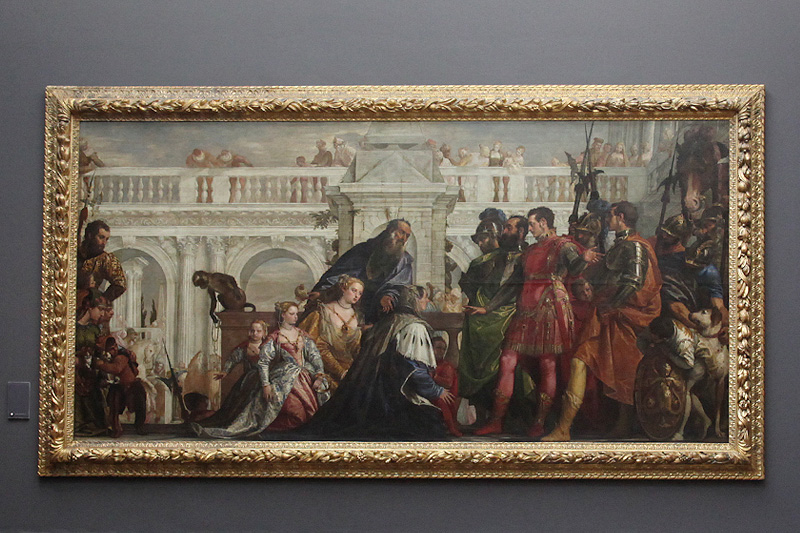
Comprising a total of 50 works, ten belonging to the National Gallery’s permanent collection and 40 – including an allegorical portrait of Lucrezia, The Martyrdom of Saint George, 1565, and The Anointment of David, 1550 – being on loan from elsewhere, Veronese: Magnificence in Renaissance Venice is an exceptional survey of the artist’s work.
The first monographic show in the United Kingdom, the exhibition is as impressive as the work on show. Whole suites of rooms have been cleared of the gallery’s permanent collection just to house Veronese’s masterpieces. Through his use of vibrant colours, richly depicted jewels, and the sheer scale of each painting, Veronese offers us a vision of opulence and spectacle that was typical of 16th-century Venetian life.
Son of a stonecutter, Paolo Veronese (1528-1588) began his career in Verona. Heavily influenced by the Renaissance fascination with antiquity – particularly the discovery of a group of ancient sculptures – Veronese looked to classical models for means of emulation. However, this is not to say that he limited his work to allegorical, mythological, or even historical painting, as some of his greatest works are his religious scenes, as well as his portraits.
What Veronese borrowed from antiquity was a heightened sense of naturalism, which we see in the expressive and varied gestures in The Mystic Marriage of Saint Catherine, 1565-70; the contrast between natural white light on baby Jesus’ fingers and the holy golden light that beams down from the sky in The Adoration of the Kings, 1573; and the painstaking detail with which he renders classical architecture, as seen in The Family of Darius, 1565-7.
Add to this his invisible brushstroke – concealing the fact that what we are looking at is a painting, and so perpetuating the Renaissance myth that art is a window onto another world – and his appropriation of classical notions of ideal beauty, and it becomes clear why Veronese is considered to be such a master.
The editorial unit
Photos: Rosie Yang
Veronese: Magnificence in Renaissance Venice is at the National Gallery from 19th March until 15th June 2014. For further information or to book visit the show’s website here.


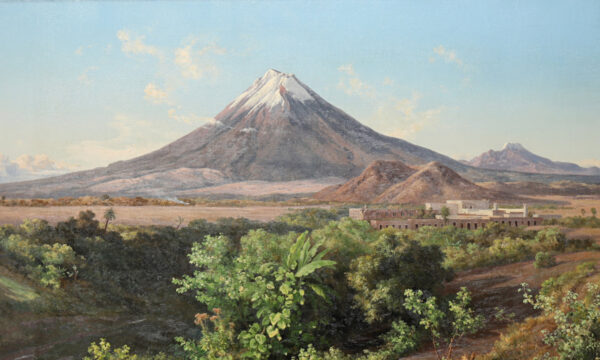
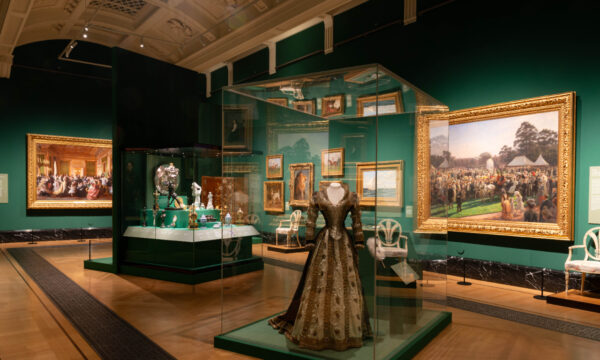
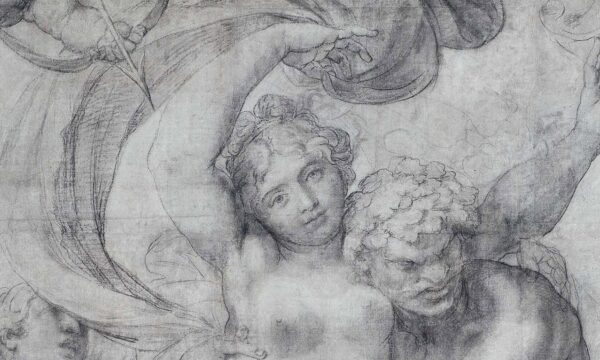
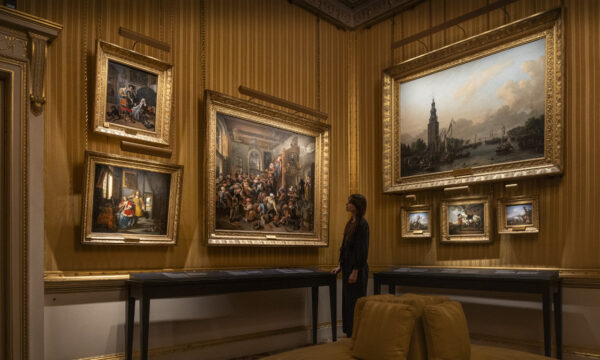


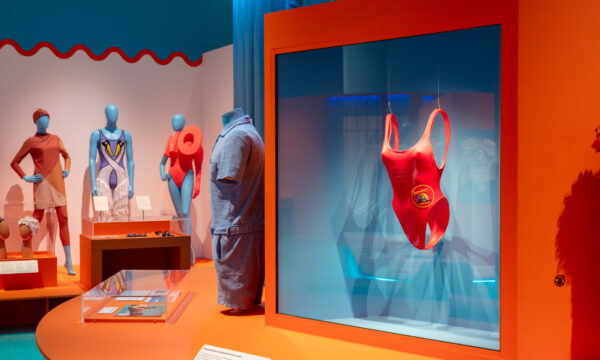
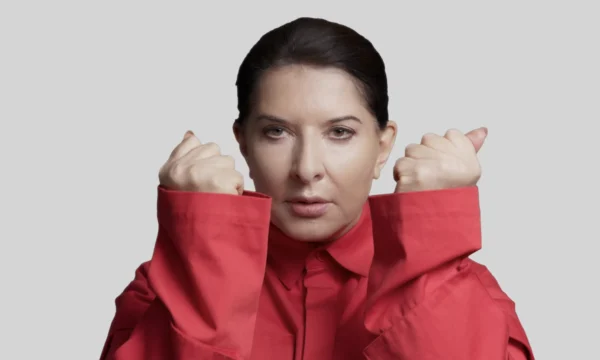





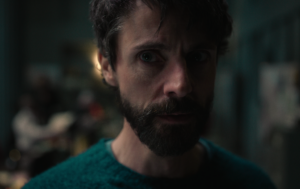

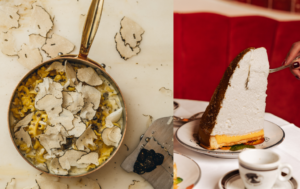







Facebook
Twitter
Instagram
YouTube
RSS